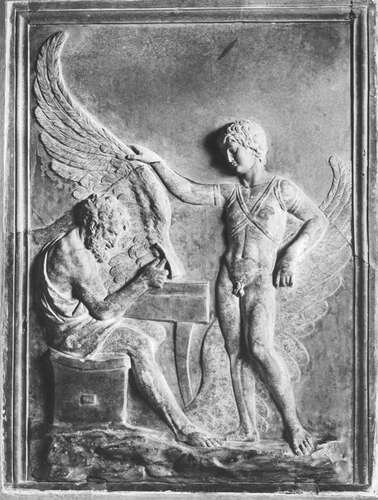Angered and motivated by my experience preparing a large state university for Y2K, I made my public entrance to the public building systems space in 2002. Y2K was a crisis when it was anticipated that any program that used a two-digit year in the date (as in 99, and it was all of them) would fail after the year 2000 (when the year might be 01). State universities build using low bidders in accord with state construction law, and the University of North Carolina had accumulated a hodge-podge of systems for building operations, steam distribution, chill water distribution, cogeneration, and electricity purchases that barely interoperated. Worse still, the interoperations were fragile, and upgrading any one system would break the connections with any number of other systems. I simply wanted stable inter-system connections that did not break with any minor change to either system.
Read MoreThe Last Big Thing
Developers of the Internet of Things always seems to be moving into the last big thing—at least as far as communications expectations and protocols. Too often security is an afterthought, something that can be bolted on afterward.
I often have to design secure communications for new deployments on a University campus. Many new roll-pits are still using RESTfull JSON. Remote systems often transfer telemetry to the cloud using unencrypted FTP. OpenADR generally uses reverse polling because corporate security won’t let…
Read MoreAdjusting the Primal Forces of Transactive Energy
In a famous scene written by Paddy Chayefsky for the movie Network, Howard Beale is summoned by Arthur Jenson who explains to the crazed newsman that when he clings to his outmoded notions of how the world works, he is messing with the primal forces of nature. In transactive energy, the transactions are the only primal force, and notions of specific controls, and detailed manipulations of devices are out of date. Systems communicate only by the transactions, by prices to devices. To be consistence, future guidance to autonomous energy systems must be based on financial communications about energy transfers and energy resilience.
Read More